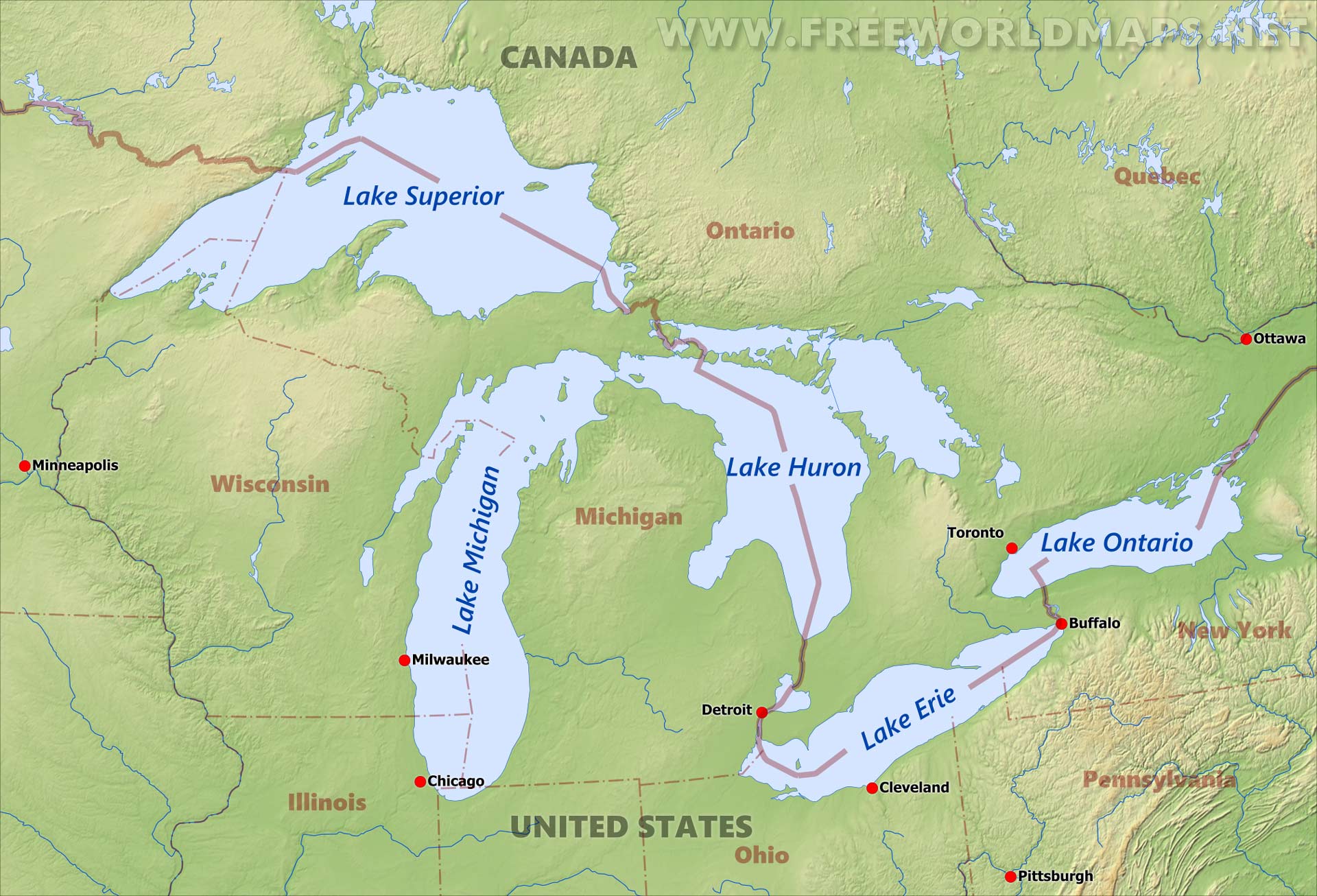

The Fresh Waters of our Earth as a Barometer for our Futures
Monitoring the Great Lakes of America and Africa
with
participation by Youth - Our Futures
§ Focus upon primary physical hydrological and marine metrics and micro flora and fauna species and variants ranging from microorganisms (particularly virus, bacteria, and fungi) to insects and other invertebrate species (particularly those linked with known or potential infection, parasitism and other actions harmful to human, mammalian and agricultural plant health. Monitoring and study will be directed to what has been known to be within the two Great Lakes regions (North America and Africa) as well as what is predicted to be potentially in those regions within the next several years.
§ Teams of students, generally ages 12 – 18 (middle-school through high-school) working cooperative and semi-competitively (“coopertition” principles), in association and with mentorship from research scientists and post-graduate students, from primarily United States and Tanzania (initially), with emphasis upon team-building among diverse cultural and educational backgrounds, skill sets, and special interests.
§ This is a direct application and evolution of work conducted over the past years by a number of researchers including the Tethys Project and work in chemical and biological sensors, in robotics and networks, and in machine learning and synthetic intelligence, conducted by TETRAD Institute and a large network of collaborators worldwide.
§ The project will make use of network parallel distributed processing which will enhance the acquisition, sharing and analysis of data and enable participation in co-processing of sophisticated SI (“AI”) algorithms by a large and open-ended group of persons (including project-participant students) and enhanced-speed processing due to the potentially large number of available processing units. This will incorporate the BOINC network computing architecture and software.
§ The project will make extensive use of machine learning algorithms and software modules, including VAE and GAN neural networks and Bayesian probabilistic networks for performing tasks of error correction and simulation of modeling data for predictive environmental tasks and for the study of genetic mutations and consequences of pathology in flora, fauna and within human disease in particular. This will make use of the EVE system for proteomic and genetic study related to pathogenicity risks within the human population.
§ The project is intended to be permanent, ongoing and extending in successive years, and self-sustaining through a variety of funding sources, initially beginning with grants from public and private sources.
§ Principle objectives of the Tethys Meets Tefnut (“TMT”) project are:
Some travel by project mentors and technical leads, and perhaps as part of a “coopertition” that involves competition with technologies and applications, some travel for select student participants (e.g., to Africa (e.g., Tanzania) and USA/Europe).
From the standpoint of education, there are three main topical areas:
§ Outcome – a plan for Data Collection from existing and other-source data, and from new sources, and herein, the role of the STEM student component, which will be to implement most of the “new” form in terms of actual in-the-field data acquisition.
§ Technologies – We use computational models for data cleanup, completion, and simulation.
Key Points
§ Data acquisition employing multiple types of monitoring of freshwater lakes and streams plus select wetlands and marshes in the Great Lakes region of North America and the Great Lakes region of East Africa (satellite, airplane, UAV, ASV, and land-based measurements, both automated/remote and human-operated). Much of this data is already being collected by various observers and researchers, and this project will draw upon such available third-party data as well as monitoring that will be new and unique to this project.
Mechanisms and Procedures
Internet-based, "distance-based", using commonly-used digital applications (e.g., Zoom, Meet, WhatsApp, Line, Viber, etc.) and devices (personal computers and mobile phones).
1. environment (and climate change),
2. space (outer space), and also
3. health (the changes to humans on Earth from climate change, etc.)
Technical Plan
The basic idea is to take what we were doing in the original Tethys, both actual and proposed, and especially the latter, with MTU and U-MN and a few others, and refine it, streamline it, modernize it (a lot has changed since 2020 both with COVID and climate change and sensor technologies, especially simple but accurate sensors, and UAV/ASV deployment methods – especially with the way drones have rapidly evolved.
This is why the emphasis on VAE, GAN and related algorithms. They work well!
Then we get into the modeling and forecasting things like species movements, migrations, displacements.
Mbr>
Then we can move into the forecasting of how is likely to happen where and when with respect to the human population.
Contact:
+1 (231) 492-8301 ------ (505) 926-1399
contact@tdyn.org
|
TETRAD Institute of Complex System Dynamics is a private, not-for-profit, international research organization dedicated to advancement of culture through science, technology, engineering, arts and mathematics. The Institute comprises a faculty of research scientists and specialists in multiple and interdisciplinary fields working as a globally distributed network community. Faculty, fellows, mentors and teachers are recognized experts in their respective fields, within academia, industry, and throughout the global community. Projects are conducted in collaboration with institutions and companies in both the public and private sectors. Principal centers of activity are based in the United States of America and Europe, with primary offices and centers in California, Michigan, and New York.
Contact:
Copyright © 2018, 2019, 2020, 2022 TETRAD Institute of Complex System Dynamics |